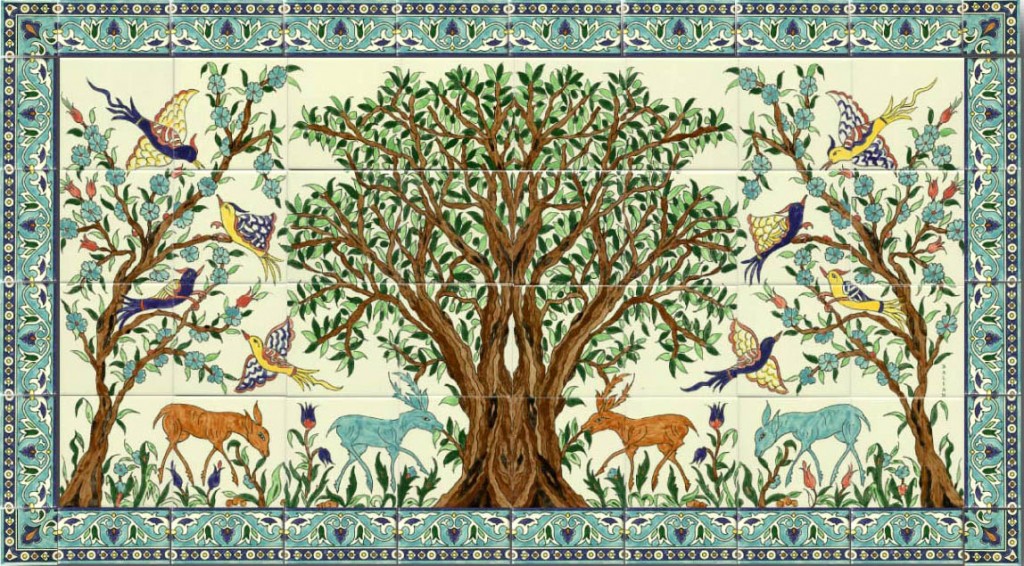
(Wikimedia Commons)
Moving a bit further forward in John W . Welch, et al., eds., Knowing Why: 137 Evidences That the Book of Mormon Is True (American Fork: Covenant Communications, 2017):
“Is Anything Known of Zenos outside the Book of Mormon?” (158-160)
This article summarizes suggestions that have been made toward identifying Zenos (who appears at various places throughout the Book of Mormon but who is best known for the olive allegory in Jacob 5) in sources beyond the Book of Mormon. A prominent candidate has been one Cenez (or Zenec or Zenez or Kenez), who shows up in a text written around the time of Christ — but arguably containing still earlier material. The text is titled Biblical Antiquities, and its author is known as “Pseudo-Philo.”
A number of Latter-day Saint scholars have posited the existence of an unknown ancient text that may undergird not only the great allegory of the olive tree but a number of shorter biblical allegories and symbols connected with olive culture.
“Are There Roots of Zenos’s Allegory in the Ancient World?” (161-162)
Olive culture was enormously important in antiquity along the eastern and northern Mediterranean, in the Levant and Anatolia, in Italy and eventually in Iberia. It shows up very frequently in the Bible (as, I might add, in other regional literatures).
Some have argued that Jacob 5 is merely a plagiarizing expansion of Romans 11, but this seems extremely unlikely. It differs in too many details, and Romans 11 can’t explain it.
“Why Did Zenos Give So Many Details about Raising Good Olives?” (163-164)
I, for one, am simply glad that he did, because his allegory offers good evidence for the authenticity of the Book of Mormon.
As Wilford Hess, a BYU professor of botany, put it,
Joseph Smith probably had little knowledge of olive trees in New York, as they will not grow in the northeastern United States.
And yet, Professor Hess and a team of fellow biologists argued,
Nearly all of the allegory in Jacob 5 corresponds exceptionally well with both ancient and modern botanical principles and horticultural practices. . . . It is hard to imagine that its author was not personally familiar with the minute details and practices involved in raising good olives in a Mediterranean climate.
One interesting feature is the idea of grafting wild branches into a tame olive tree that is failing, in order to revivify it. Not only is this genuine horticultural practice specifically for olive trees, but it’s a wonderful metaphor for the Lord’s bringing gentile converts into Israel in order to save his chosen people.
***
I’m a bit late in mentioning it, but — surprise, surprise! — Interpreter: A Journal of Mormon Scripture has posted a new article today:
“Through a Glass Darkly: Examining Church Finances”
Posted from Oceanside, California












